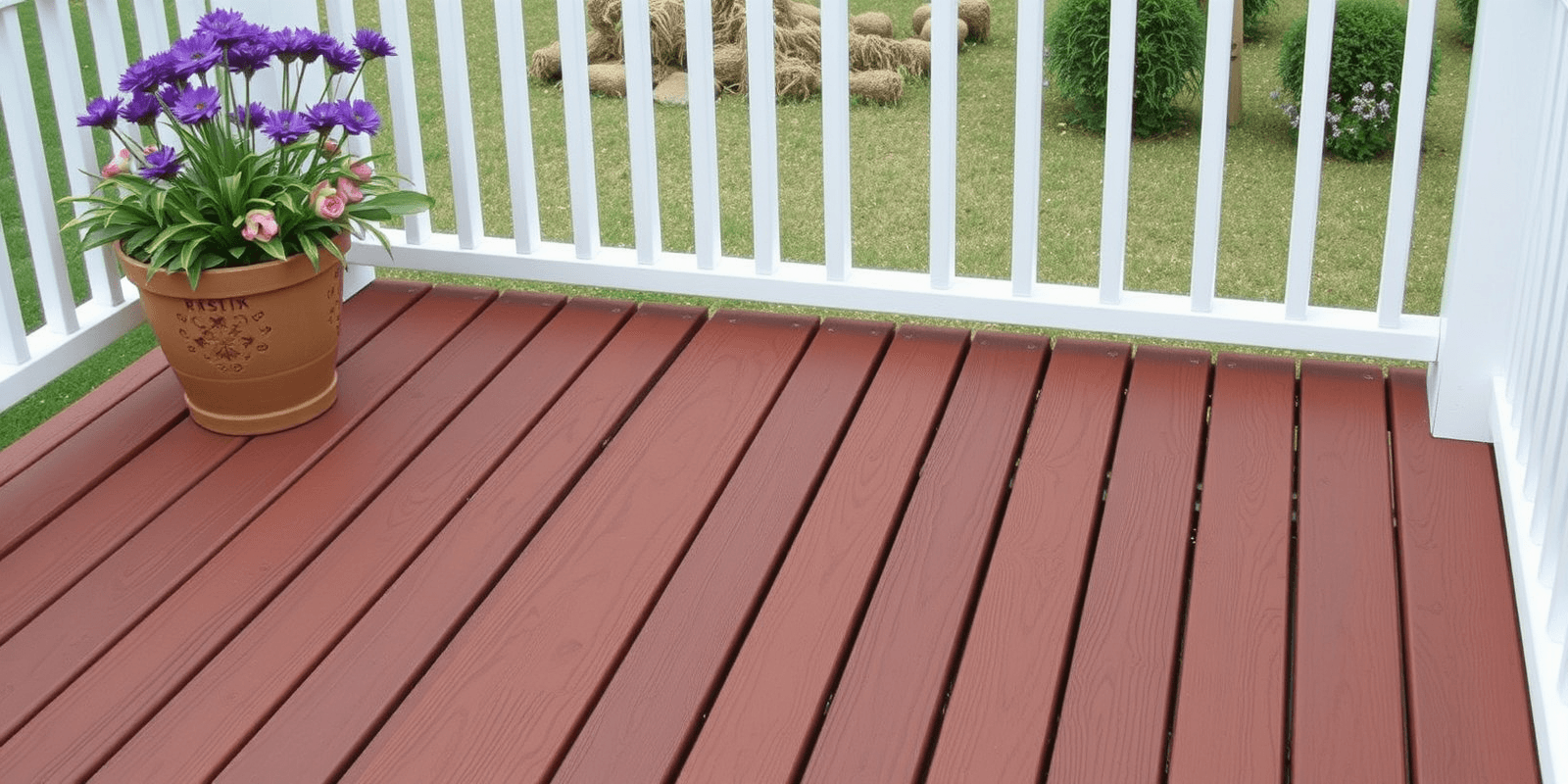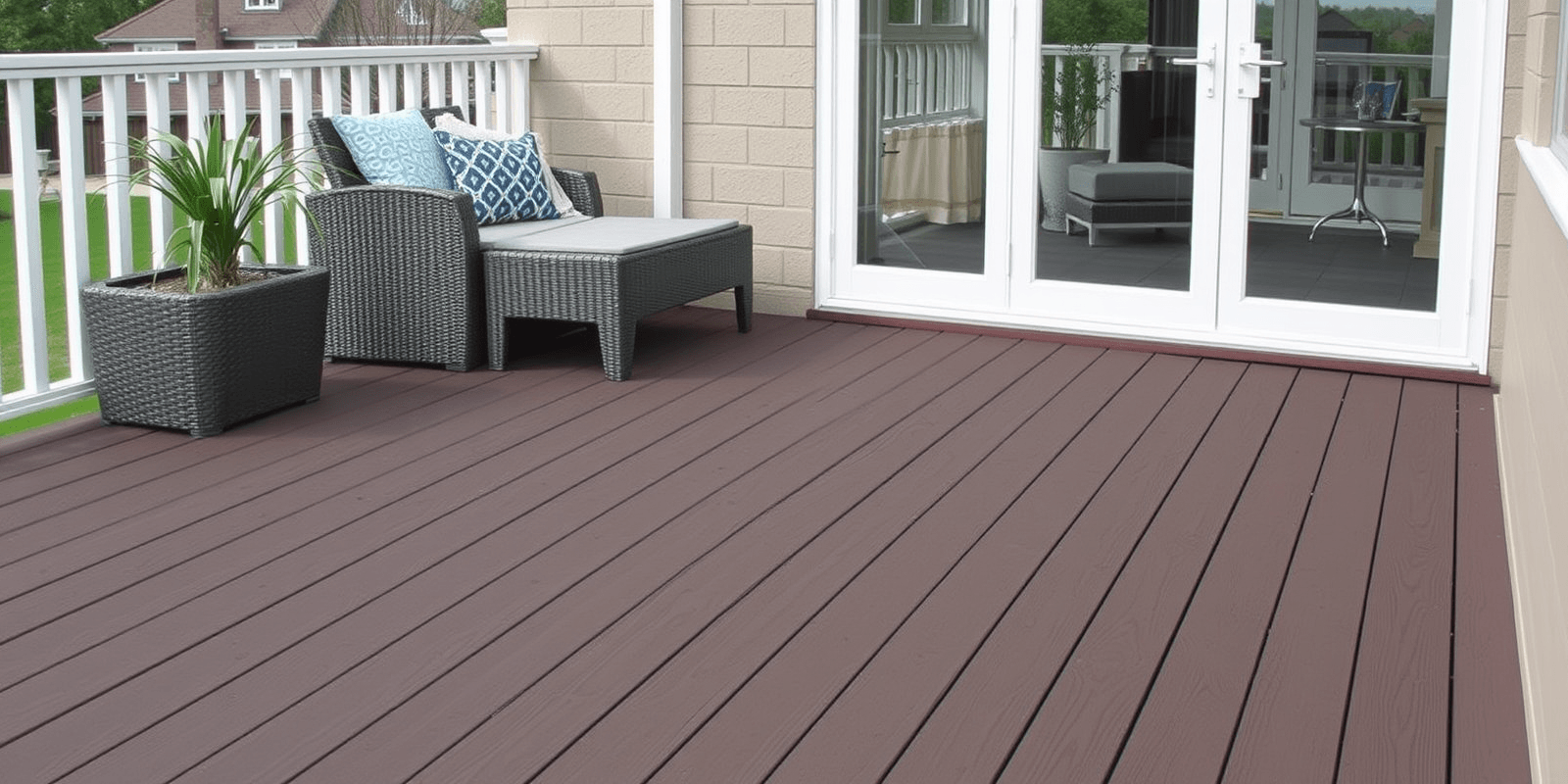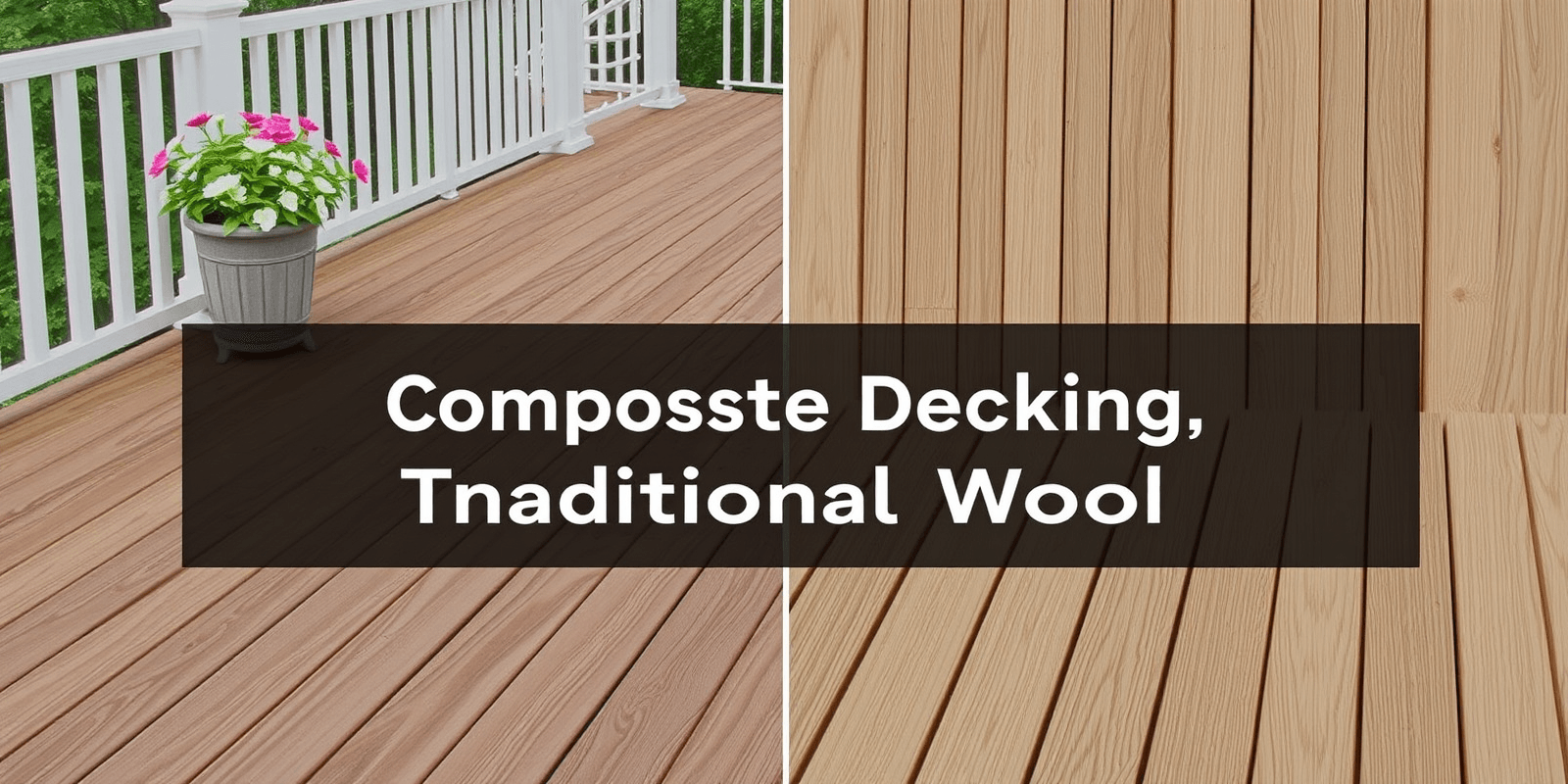Composite Wood Decking Material
The Evolution of Decking Materials
In recent years, the construction industry has witnessed a significant shift towards more sustainable and durable building materials. Among these advancements, composite wood decking material stands out as a prime example of innovation in outdoor living spaces. Unlike traditional wood, which requires constant upkeep and is susceptible to weather-related damage, composite decking offers numerous benefits that make it a superior choice for homeowners looking to enhance their outdoor areas.
Durability and Longevity
One of the most compelling reasons to choose composite wood decking material is its unparalleled durability. Traditional wooden decks often require frequent replacement due to wear and tear, pests, and rot. In contrast, composite materials are engineered to withstand the test of time. They are made from a combination of recycled plastic and wood fibers, creating a product that is significantly stronger and more resistant to cracking, warping, and splitting than natural wood. According to a study by the Composite Panel Association, composite decking can last up to three times longer than traditional wood, making it a cost-effective investment in the long run (Composite Panel Association, 2021).
Resistance to Weather Conditions
Another key advantage of composite wood decking material is its exceptional resistance to weather conditions. Traditional wood decks can become damaged by exposure to moisture, sunlight, and extreme temperatures, leading to costly repairs or replacements. Composite decking, on the other hand, is designed to be impervious to water absorption, UV rays, and temperature fluctuations. This makes it an ideal choice for regions with harsh climates or frequent rain and snowfall. As noted in a report by the U.S. Green Building Council, composite materials maintain their structural integrity even under challenging environmental conditions, providing homeowners with peace of mind (U.S. Green Building Council, 2020).
Low Maintenance Requirements
Maintaining a traditional wooden deck can be a labor-intensive and expensive process. Regular sanding, sealing, and staining are necessary to keep the deck looking its best and prevent deterioration. Composite wood decking material, however, requires minimal upkeep. It does not need to be sealed or stained, and it resists fading, staining, and mold growth. This translates into significant savings on both time and money. A survey conducted by the National Association of Home Builders found that homeowners spend an average of $1,500 annually on maintaining a traditional wooden deck, compared to just $200 for a composite deck (National Association of Home Builders, 2019).
Aesthetic Appeal
While many believe that composite decking lacks the natural beauty of traditional wood, this couldn’t be further from the truth. Modern composite materials come in a wide range of colors and textures, allowing homeowners to create a custom look that complements their home’s architectural style. Additionally, composite decking is available in a variety of plank sizes and shapes, offering greater design flexibility. Moreover, composite materials do not develop unsightly blemishes such as knots or cracks, ensuring a consistent and attractive appearance over time. As highlighted in a review by Architectural Digest, composite decking provides homeowners with a versatile and visually appealing option for enhancing their outdoor living spaces (Architectural Digest, 2021).
Conclusion
In conclusion, composite wood decking material represents a significant leap forward in the world of outdoor living spaces. Its superior durability, enhanced resistance to weather conditions, reduced maintenance requirements, and aesthetic appeal make it an excellent choice for homeowners seeking a low-maintenance, long-lasting, and beautiful outdoor area. By investing in composite decking, you’re not only improving your home’s functionality but also contributing to a more sustainable future.



